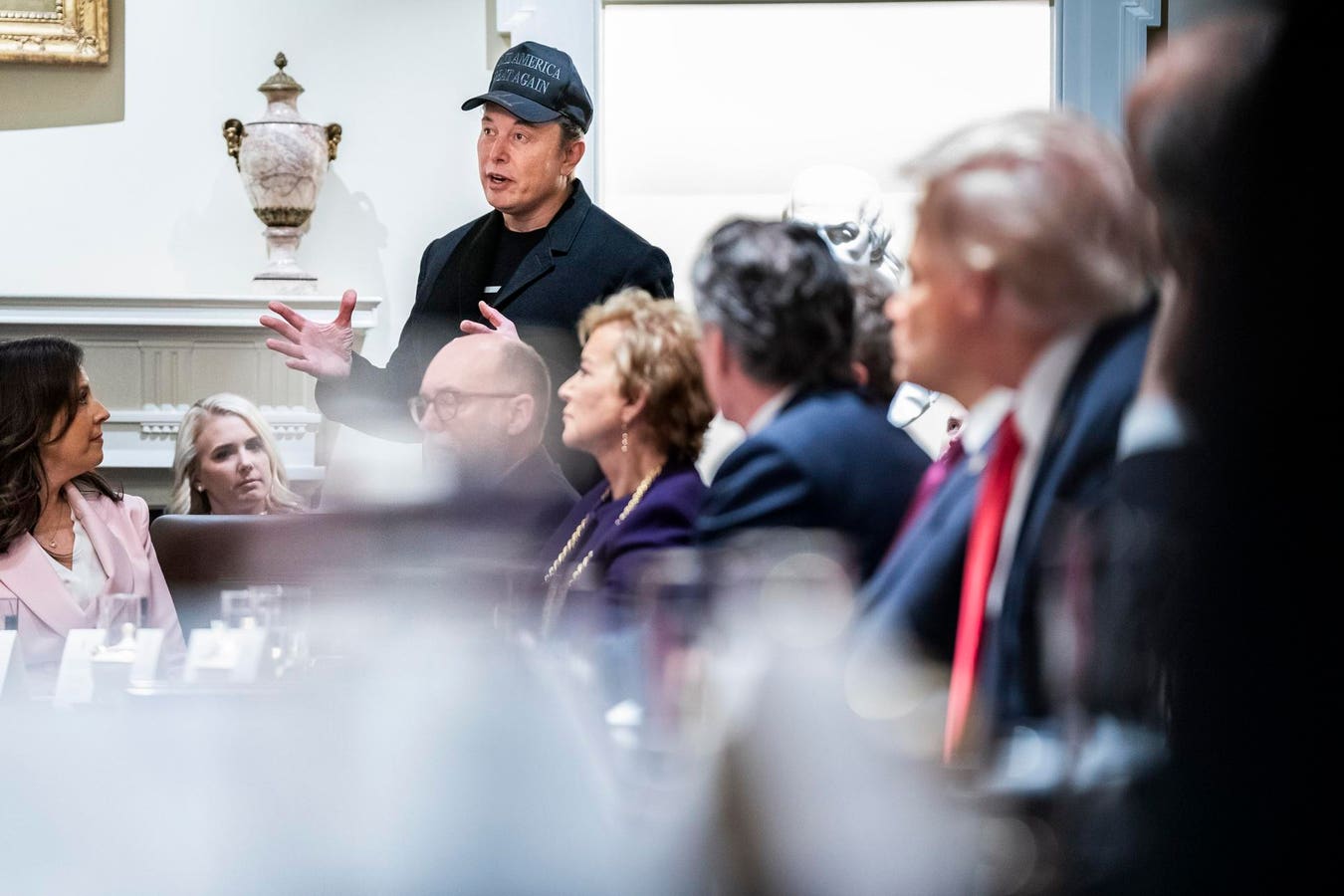
2022 Bugatti Chiron Pur Sport.
This article originally appeared in CNBC’s Inside Wealth newsletter, hosted by Robert Frank, which serves as a weekly resource for high-net-worth investors and consumers. Subscribe now to receive future insights delivered directly to your inbox.
Bring a Trailer (BaT), the premier online marketplace for classic cars, achieved remarkable sales totaling $1.5 billion last year, despite a persistent decline in classic car values, as reported by the company’s CEO.
In 2024, BaT facilitated 45,000 auctions across categories like cars, trucks, motorcycles, memorabilia, and parts, attracting more than 1.3 million bidders.
Randy Nonnenberg, the co-founder and president of Bring a Trailer, which operates under Hearst Autos, noted, “With the stock market on the rise and capital circulating, we experienced significant activity.”
Despite BaT’s exceptional results, the overall classic car market faced a downturn. Increased interest rates have made these vehicles less desirable for investment, as collectors can now access 4% to 5% returns through risk-free cash equivalents. According to Hagerty, a company specializing in classic car insurance and auctions, total sales at live auctions dropped by 11%, landing at $2.18 billion last year.
Moreover, the aging baby boomer generation, which has been a driving force in the collector market for many years, is transitioning out. This shift has led to an oversupply of 1950s and 1960s cars, which hold less appeal for younger collectors entering the market.
Nonnenberg mentioned that the previous surge in older trucks and off-road vehicles is now fading.
“Much of that was perceived as a Covid bubble, and it has since cooled down,” he said.
The new generation of collectors shows a preference for modern supercars and sports cars, particularly those produced from 2005 onward, according to industry experts.
Today’s younger enthusiasts—comprising Gen X, millennials, and Gen Z—are seeking vehicles they can drive easily rather than rare collectibles.
Nonnenberg explained that these collectors are more pragmatic, wanting cars that they can use and enjoy, rather than items suited for display in a garage.
The high-end segment, especially for cars valued at seven to eight figures, is also experiencing challenges. Collectors are currently more inclined towards moderately priced vehicles that offer driving enjoyment instead of expensive pieces meant for investment.
“We see robust demand for high-performance cars in the $200,000 to $500,000 range,” Nonnenberg highlighted, while noting that cars priced over $2 million are facing tougher times.
The priciest vehicle sold on BaT last year was a stunning 2022 Bugatti Chiron Pur Sport that fetched $4.1 million. Additionally, a 2018 Bugatti Chiron was sold for $3.1 million, and a 2022 Lamborghini Countach LPI 800-4 went for $2.5 million.
The most popular auction, which drew an impressive number of bidders, comments, and views, featured a 1991 BMW 850i 6-speed, formerly owned by basketball legend Michael Jordan, with a final sale price of $109,000.
Nonnenberg observed a notable spike in bids and interest right after the recent election, a trend that extended into December and January—usually slower periods for sales.
“On Election Day, we witnessed purchases of $250,000 Porsches,” he recounted. “There were even remarkable sales happening on Christmas Eve.”









